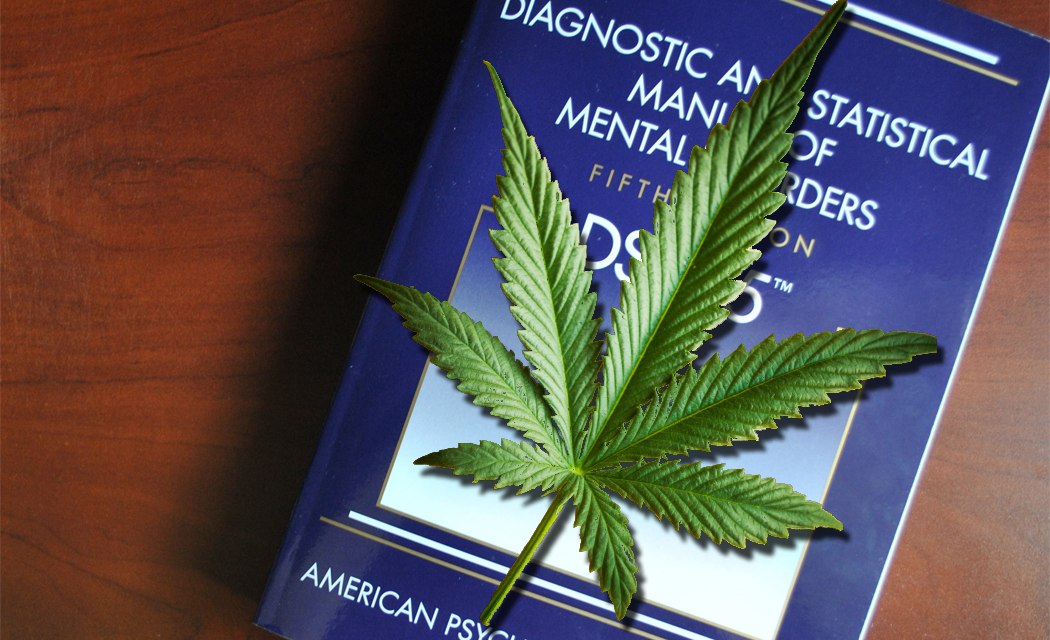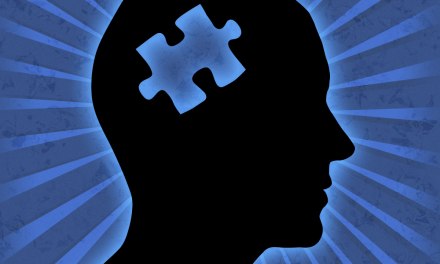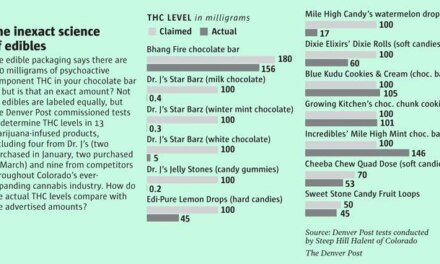In Britain at least, there’s increasing concern over escalating cannabis use by young persons assessed as vulnerable to psychosis (young mental health clients, for instance).
Just skimming the available research, it appears we’re in the stage where findings contradict one another– one study that suggests a correlation between cannabis and psychosis, followed by another that finds none. Not unusual, as studies often have methodological issues that affect results, and it takes multiple studies to finally reach a consensus. Still, that does leave us confused as to the next move. Do we take precautions, and if so, what?
One thing that’s not in dispute: In many areas, cannabis strains are increasing in potency. Pot that’s 10% or 20% THC could change the equation.
The US is currently in a major growth cycle when it comes to cannabis use and production. That translates to the alluring prospect of tremendous profit. Vendors, existing and new, jockey with one another for market share. Prices fall, and a race begins to see which producer can develop a stronger strain and attract the chronic user. By the way, ‘chronic’ is generally defined as somebody who smokes pot at least once a week for three months or longer. We’re talking many millions of potential customers, cash in hand.
At the moment, we in America are preoccupied with the opiate epidemic, and few of us are talking about the possible future consequences of a dramatic increase in cannabis use. That could be a warning sign of difficulties to come. During the 1960s and early 70s, cocaine was widely believed to be only mildly addictive, and not a danger to most users. This was based on popular gossip and on short-term studies involving university undergrads who had no history of drug abuse. A White House drug policy adviser of the time even compared cocaine to cannabis and suggested legalizing both.
Twenty years later, Big Pharma introduced Oxycontin and other synthetic opioids, accompanied by research that seemed to show that used to treat chronic pain, the new opioids were extremely unlikely to result in addiction. We found out later just how inaccurate those studies had been. Nonetheless, they were widely cited in both the medical and popular media.
There’s a tendency to forget painful experience in favor of something we prefer to be true, and I’d say both situations are an example of that.
Our state has authorized cannabis production for medical use, but recognizing the potential risks, has restricted it to approved nonprofits only. It’s a nice idea, but difficult to enforce. The profit motive pops up whenever there’s cash to be made. Here’s a recent story on the subject.
It’s too early to predict an ultimate outcome. But if I ran a treatment center, I’d be preparing for an influx of cannabis disorders in the coming years.













